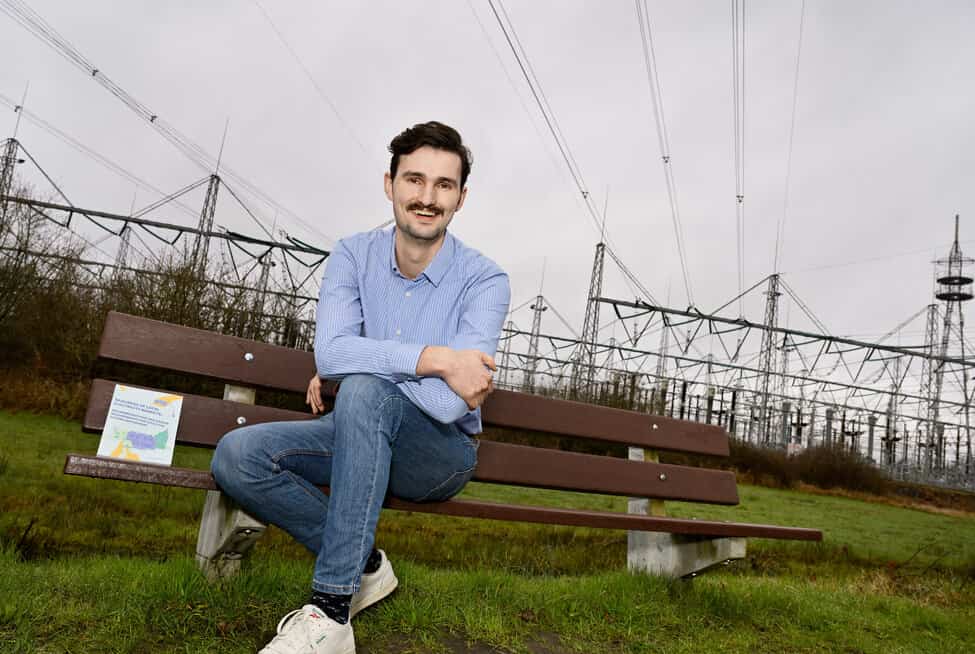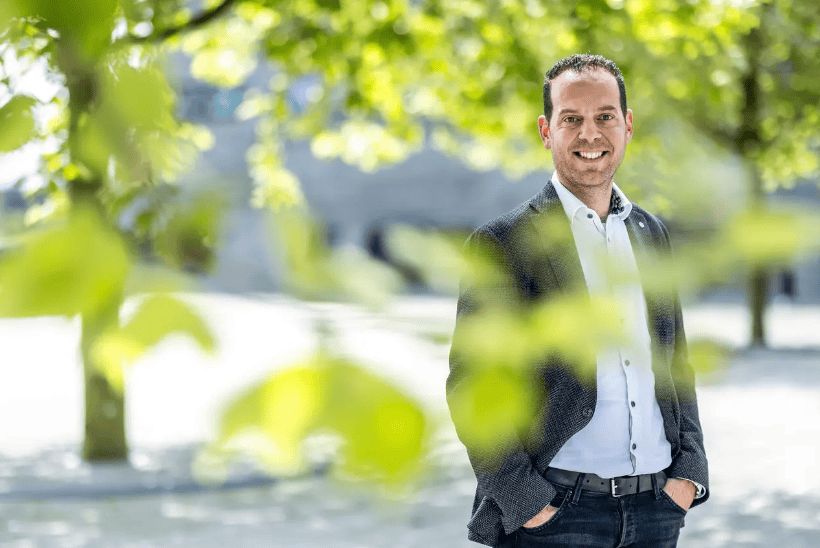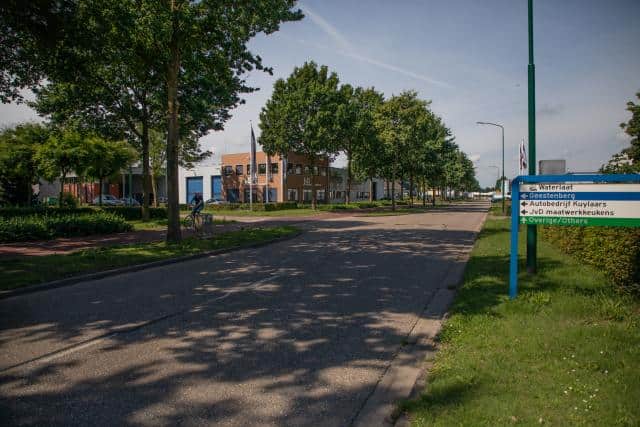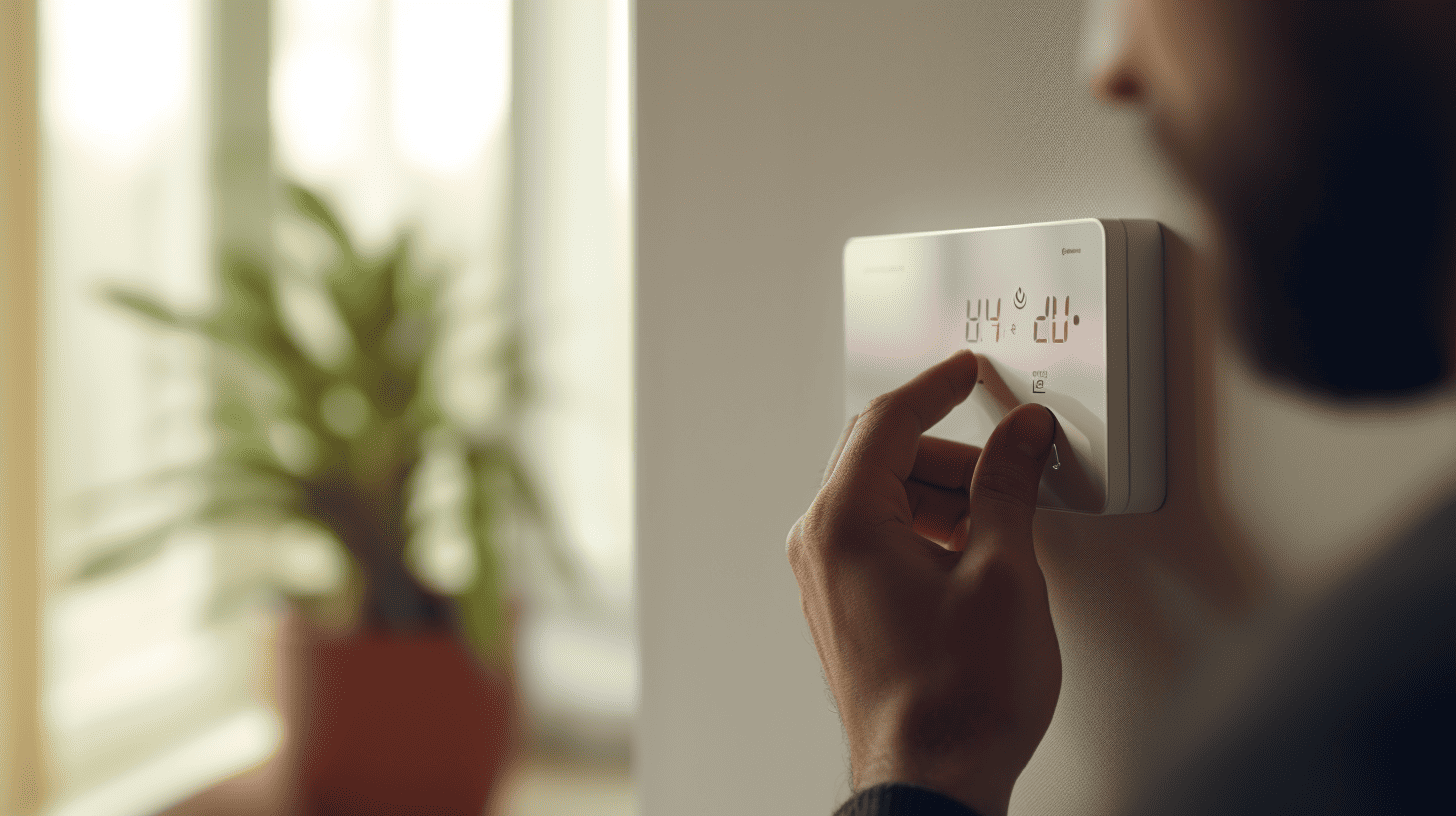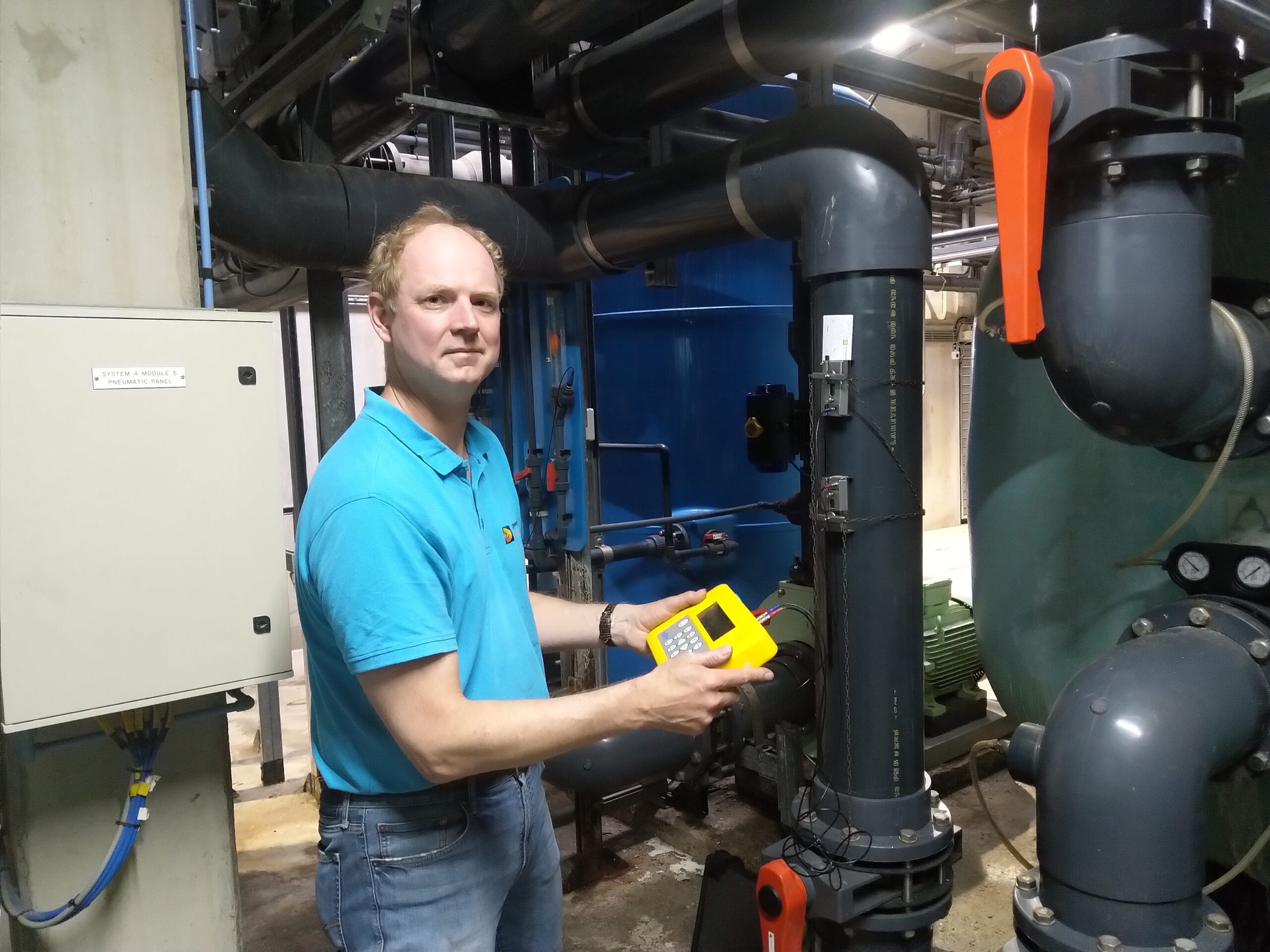
About ATO Energysaving
- Founders: Aldo van Tongeren
- Founded in: 2015
- Employees: 1
- Money raised: Own resources
- Ultimate goal: To be globally recognized as the leading optimizer of LSS processes in aquariums.
Aldo van Tongeren spent about 16 years working as an export manager for a supplier of hydraulic pumps. He witnessed up close that sustainability is not often the first concern of salespeople. According to Van Tongeren, the right types of pumps do not always end up in the right places. He came to the conclusion that this problem also prevails in the world of large aquariums. Moreover, he says he is an animal lover.
These were the main reasons for Van Tongeren to leave his previous employer and set up his own company ATO Energysaving back in 2015. So far, the company has already worked with clients such as Sea Life (multiple locations), Burger’s Zoo (Arnhem), Blijdorp Zoo (Rotterdam), Aquarium Berlin and Den Blå Planet (Copenhagen). In this instalment of Start-up of the Day, Van Tongeren explains how he can make aquariums more sustainable.
So, the rationale behind specializing in aquariums was simply because you saw that a lot of energy could still be conserved?
“Yes, that’s right. That’s also because in the aquarium world you are dealing with fish, which a biologist is responsible for. And a biologist is not a technician. They tend to focus more on the well-being and habitat of the fish. So if the fish are doing well today, then they want the exact same thing tomorrow. Even if that kind of life support system (LSS) uses twice as much energy as it should do. In the corporate world, on the other hand, energy consumption is looked at with far more scrutiny and the technical department exerts far more influence over it.”
What is this kind of LSS made up of?
“An LSS, which among other things controls the water quality and temperature of the aquarium, is made up of a pump, piping, a sand filter, a protein skimmer, with optionally a UV filter. Basically, those are the most important components.”
In this kind of system, how do you decide which part can be improved?
“I have measuring devices that I use to gauge the ‘flow’ and the energy consumption. I also look at the contents of the tanks and the number of fish in the aquarium. Based on what I’ve seen in other aquariums, I can then tell if that energy consumption is above what should be expected. Or below, although that has never happened. And I can calculate whether the pumps are running at the best efficiency point, as it’s called. That means they are running at the maximum level of efficiency.”
Also interesting: Reducing the energy requirements of pumps
“In fact, I often see that a relatively small pump is used that is ‘end of curve‘. You can compare that with a bicycle that doesn’t have enough gears. You have to pedal very hard but you barely go any faster. You see the same thing with pumps. A pump with ‘more gears’, so to speak, is more expensive. Besides that, the company that supplies the pumps is in any case not paying the energy costs. They just want to make a sale. I find that a reprehensible mentality. I’d rather look at the things that are really needed.”
Are pumps typically the parts where the most energy can be saved?
“Definitely. I have projects in which the energy consumption of a pump has been reduced by 75 percent and water and salt consumption has also been reduced by half. The return on investment times for my projects are somewhere around three years. That really is outrageously short.”
Is there a single project that you are particularly proud of?
“There’s several of them. I just completed work with Den Blå Planet (Danish national aquarium in Copenhagen, ed.) and that was purely a case of changing the pumps. To date, they’ve made savings of 1.2 million kWh and every year they add approximately 800 thousand kWh to that figure. But I am also proud of Blijdorp Zoo (Rotterdam). There, we have improved the filtration for the sea lions and halved their energy consumption. Similarly, we have also cut energy consumption down by 50 percent at Burger’s Zoo (Arnhem). And at Sea Life Istanbul they are now conserving 700 thousand kWh each year and we have improved the water quality. I’m very proud of that as well.”
How significant are these energy savings when compared to the energy consumption of an average household?
“A household consumes about four thousand kWh (per year, ed.). And if I were to add up all these projects, I would end up with savings of around 4 million kWh. So, you can do the math to see how many households that would be. Incidentally, the same principle applies to aquariums in homes. Pumps use a lot of electricity. Therefore, by purchasing better pumps, a lot of energy can be conserved there too.”
What are the plans for the future?
“In principle, I don’t want to expand as I have enough projects going on at the moment. This afternoon, for example, I am off to Sea Life London to optimize the filtration system. For the time being, I am perfectly happy with what I can achieve in the way that I work at the moment. It has taken me twenty years of experience to see and understand all of this. It’s a kind of ‘Fingerspitzengefühl’, the instinctive ability to understand pumps, to understand filtration systems, but also to understand biologists and technicians. It is a total package I guess. I’m not saying other people can’t do it, but it is a niche market that I’m in.”




